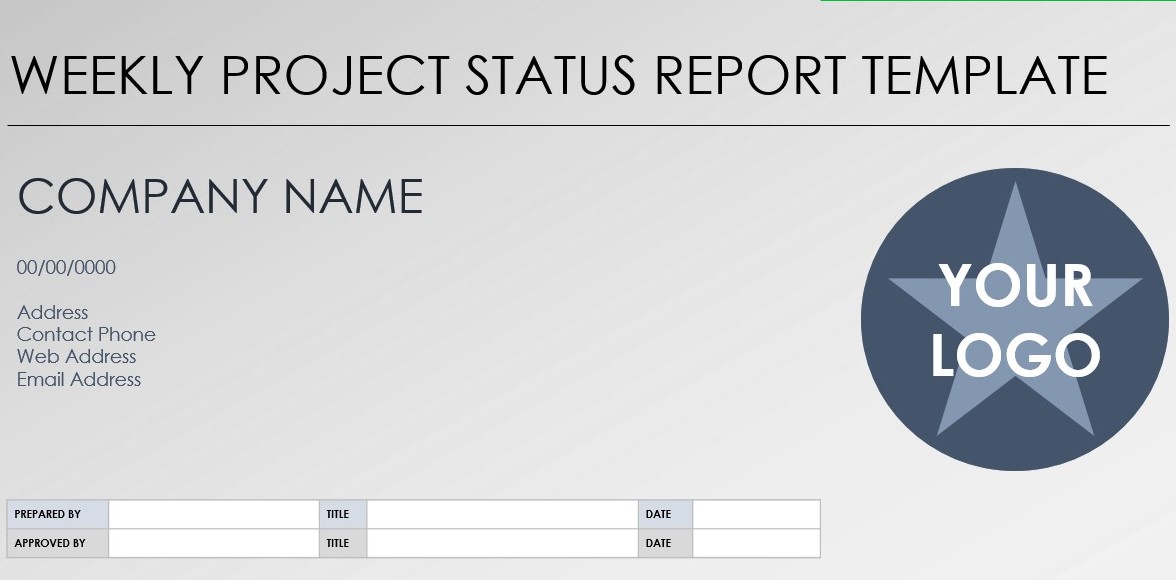Managing Weekly Project Status Report effectively requires regular communication and updates to ensure that all stakeholders are informed about the progress. One crucial tool for facilitating this communication is the Weekly Report. This report serves as a comprehensive summary of the project’s current status, highlighting key accomplishments, milestones, issues, and upcoming tasks.
Presently , the Weekly Status Report provides a structured framework for project managers and team members to document and share important information, ensuring everyone is on the same page. It serves as a valuable communication tool, enabling project stakeholders to stay informed about the project’s progress, address potential roadblocks, and make informed decisions.
A well-designed Weekly Project Status template not only streamlines the reporting process but also ensures consistency in reporting across various projects. It captures essential details, such as project objectives, key performance indicators, milestones, risks, and dependencies. By following a standardized template, project teams can save time, improve efficiency, and maintain a clear record of project developments.
In this article, we will explore the importance of the Report, its benefits, and how to create an effective template. We will discuss the key components that should be included in the report, best practices for reporting progress, and tips for presenting the information in a concise and impactful manner.
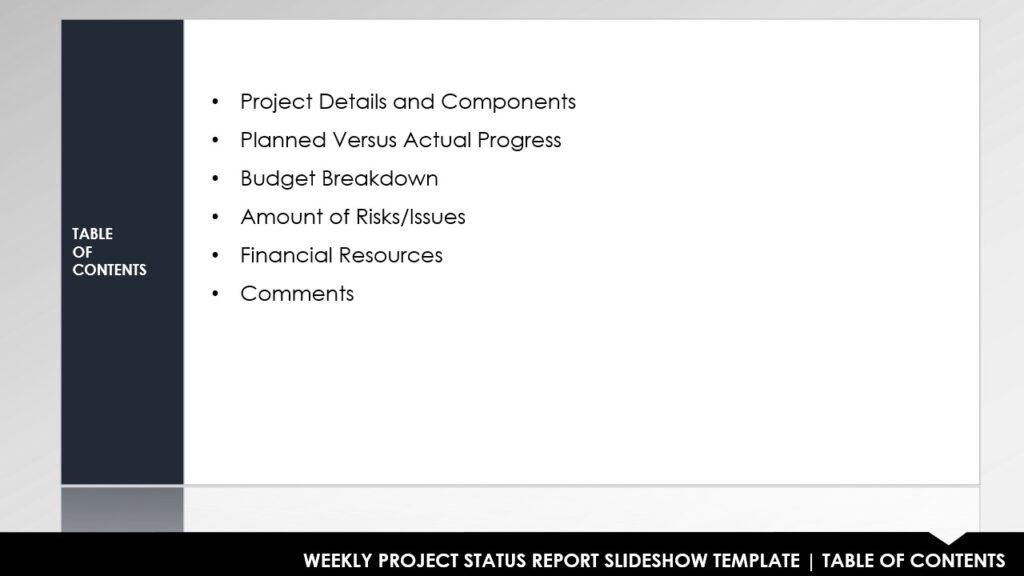
Whether you are a project manager looking to enhance your reporting practices, this article will provide valuable insights and guidance. With an effective Weekly Report in place, you can foster better collaboration, track progress, and ensure successful project outcomes.
So, let’s delve into the world of project reporting and discover how a well-designed Weekly Project Status Report template can elevate your project management practices to new heights.
How to use Weekly Project Status Report Template
Using the Project Status Template in PowerPoint is a straightforward process that can help you create professional and visually appealing project status reports. Here’s a step-by-step guide on how to use the template effectively.
Download and open the template. Begin by downloading the “Weekly Project Status Report Template PowerPoint” from a reliable source. Save it to your computer and open it in PowerPoint.
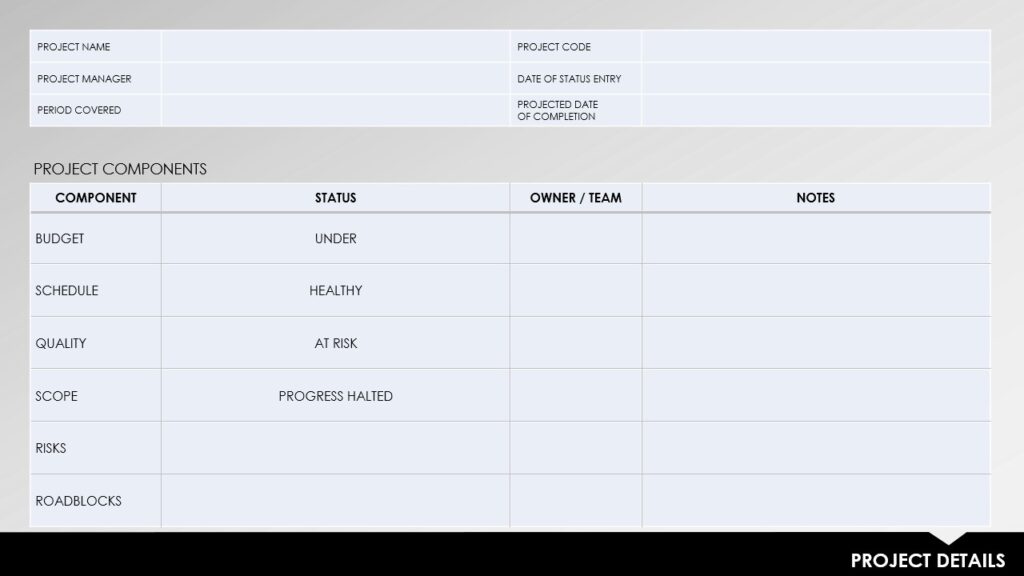
Customize the title and date. The template will typically have a pre-designed title slide with a space to enter the project name and the reporting period. Edit this slide to reflect your project’s specific details.
Update weekly project information
Proceed to the content slides of the template, which usually include sections for project overview, key milestones, tasks completed, tasks planned for the upcoming week, and any issues or risks. Replace the placeholder text with your project’s relevant information.
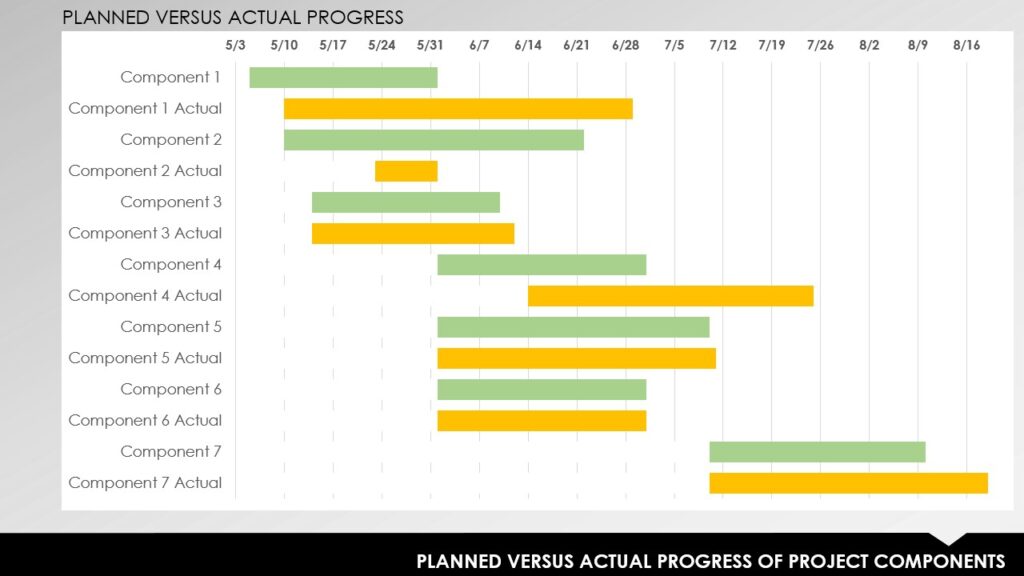
Add progress visuals. PowerPoint templates often provide placeholders for progress visuals such as charts, graphs, or timelines. Use these to visually represent project progress, resource allocation, or other key metrics. Insert your data into these placeholders to create compelling visuals that communicate the project’s status effectively.

Customize slide layouts. If needed, you can modify the slide layouts to suit your specific reporting requirements. PowerPoint templates typically offer a range of slide layouts, allowing you to add or remove sections, adjust text boxes, or incorporate additional visual elements.
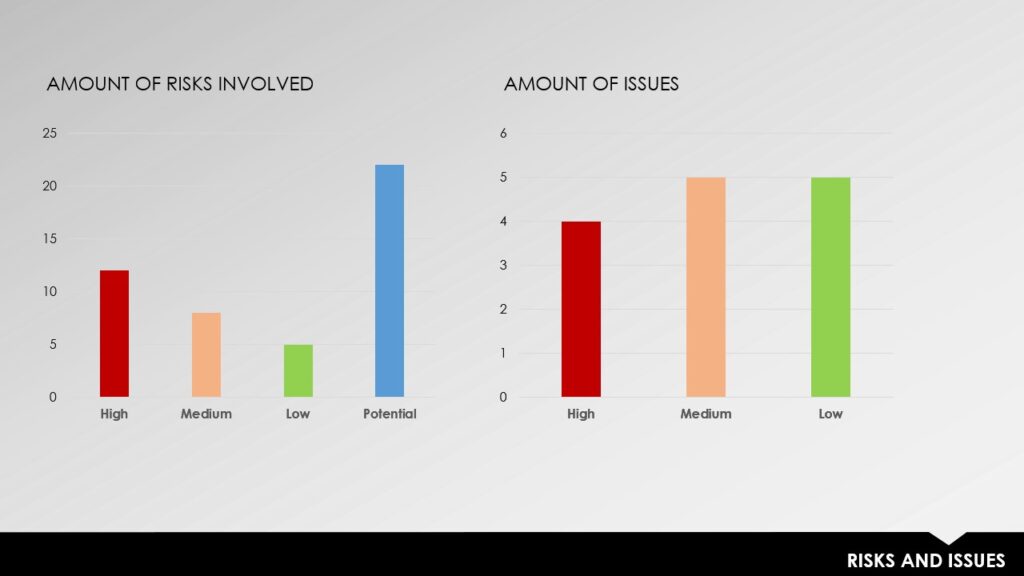
Incorporate project visuals. In addition to progress visuals, you may want to include project-related images, screenshots, or diagrams to enhance understanding and engagement. Insert relevant visuals into the slides where appropriate.
Proofread and finalize
Once you have filled in all the necessary information, take the time to proofread the content and ensure accuracy and clarity. Check for any spelling or grammatical errors and make necessary revisions.
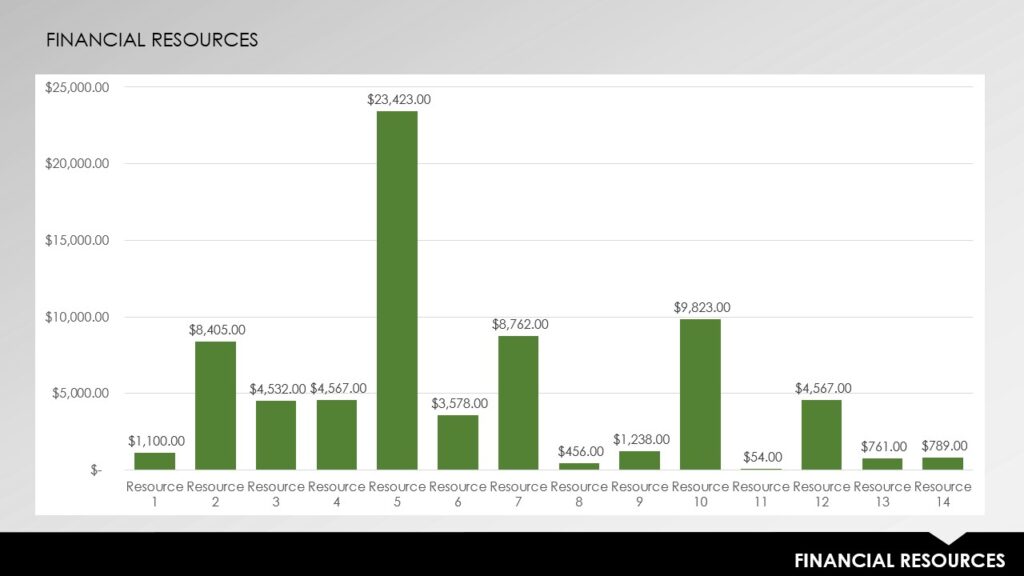
Save and share. Save the completed PowerPoint file with a suitable name and in a preferred location on your computer. In conclusion, you can then share the file electronically with project stakeholders, either by emailing.
Remember, while the Weekly Project Template provides a useful structure, it’s essential to tailor the content to your specific project’s needs. Customize the template to capture the most relevant information and ensure it effectively communicates the progress.
By leveraging the power of PowerPoint and the convenience of a well-designed template, you can create visually compelling project status reports. This facilitate effective communication, promote transparency, and keep all stakeholders informed about the project’s progress.
